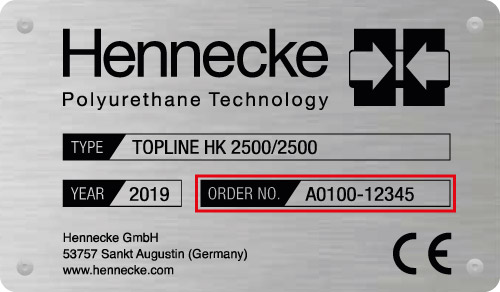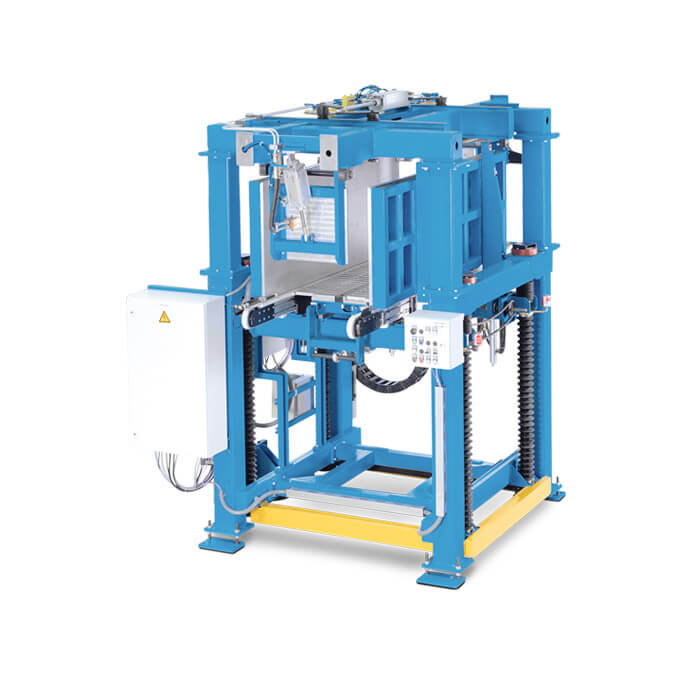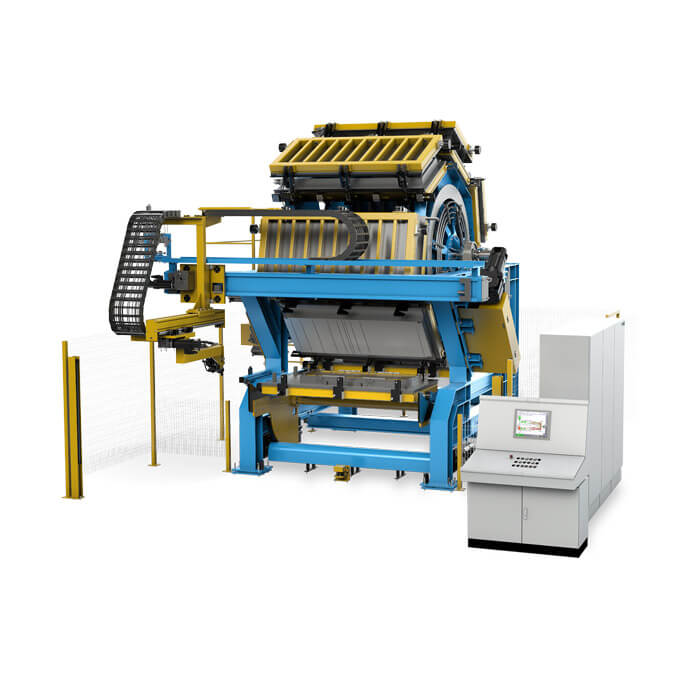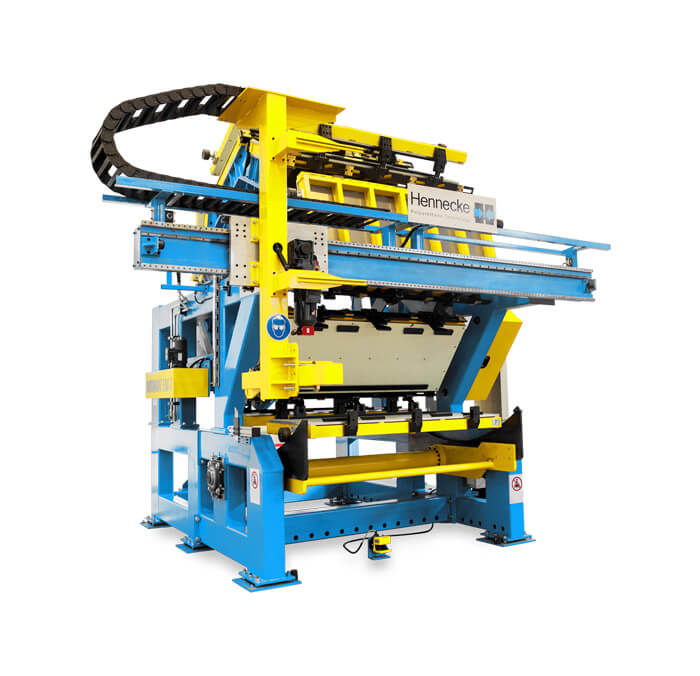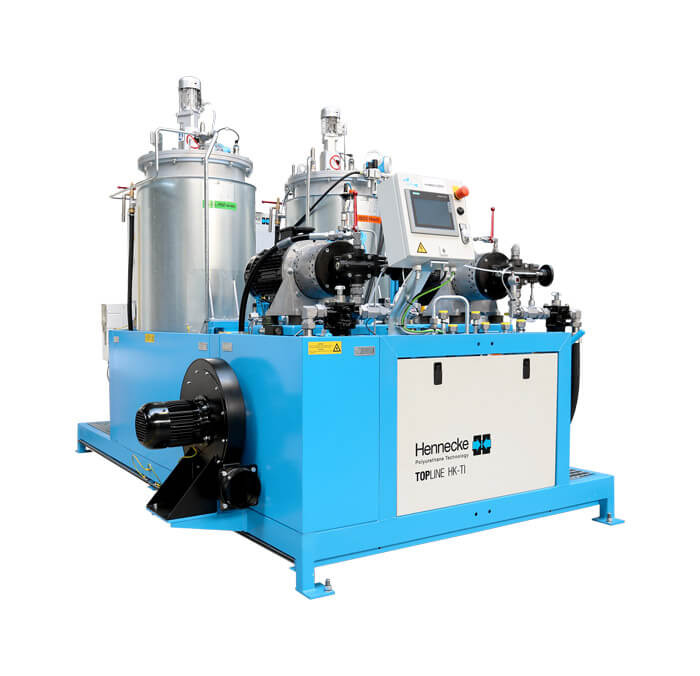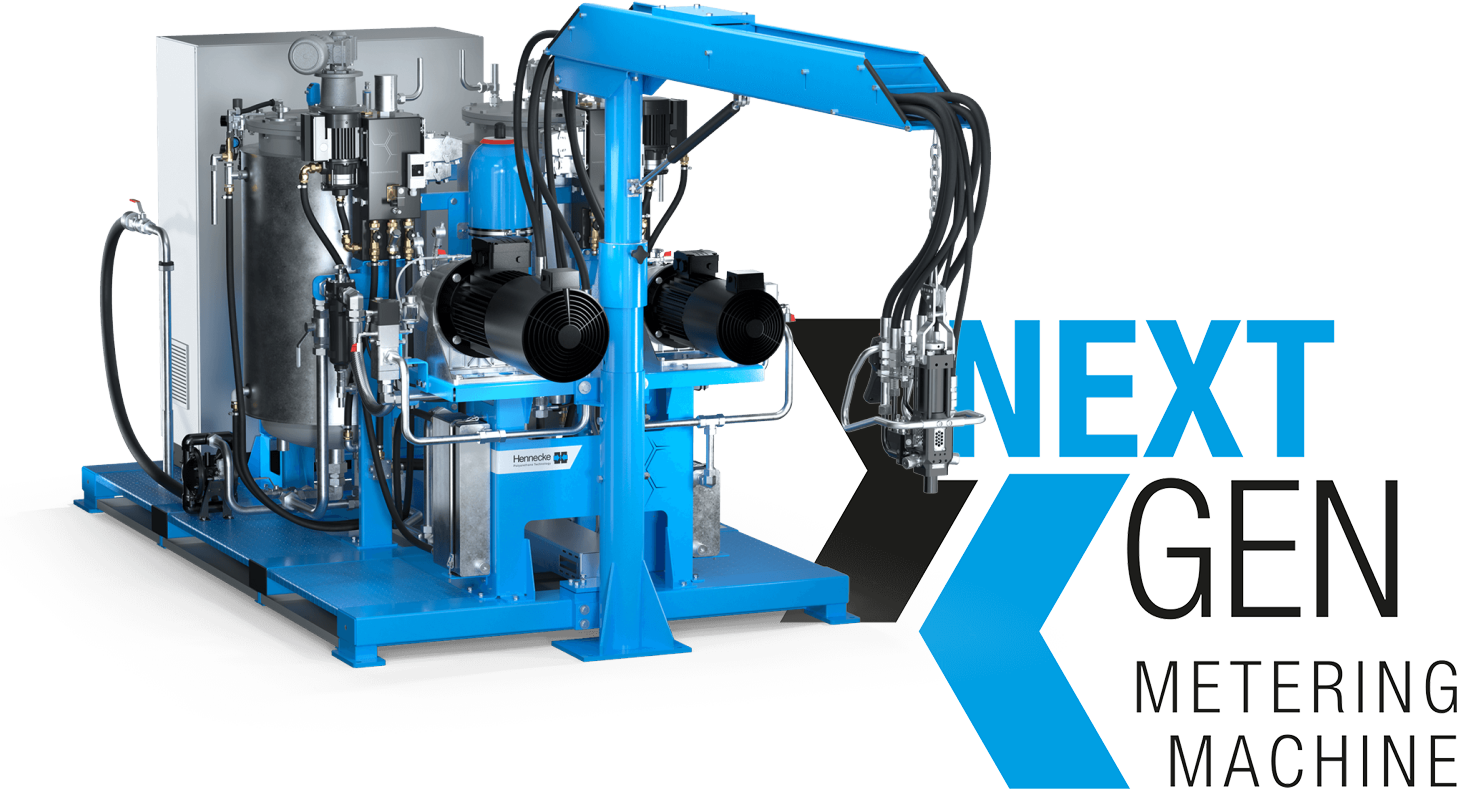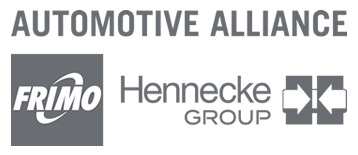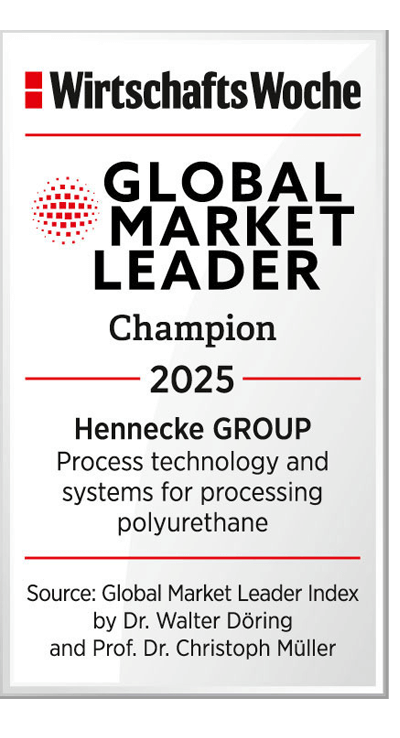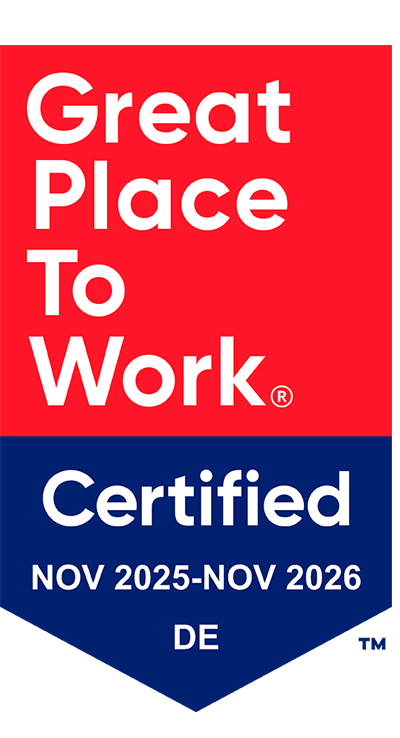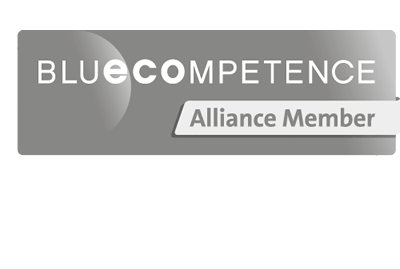Production lines for technical insulation
In the manufacture of foaming lines for refrigerator cabinets and doors, Hennecke has made pioneering contributions to process and systems technology. For example, in the environmentally-compatible insulation of refrigeration appliances through the introduction of Pentane Process Technology (PPT). Today, Hennecke's refrigerator cabinet foaming lines and systems for the manufacture of insulated door elements ensure flexible implementation of a large part of the world's refrigerator production. Apart from meeting high environmental standards, the efficient systems also fulfil the strictest requirements regarding cost effectiveness, for example, due to highly efficient raw material utilisation and a comparatively low use of energy and space. Hennecke's many years of know-how in the area of refrigerator insulation guarantees the user reliable production and a faultless end product. Hennecke can also offer its customers sophisticated production systems and process technology for many other applications in the area of technical insulation using rigid polyurethane foam. These include production lines for the insulation of hot water boilers, water storage tanks and air handling units.
Cabinet foaming lines
Modular systems technology for effectively insulating refrigerator cabinets
Hennecke's cabinet foaming lines are currently responsible for a large part of the world’s refrigerator production. Our expertise in refrigeration equipment insulation, accumulated over many years, guarantees the user reliable production and perfect end products with an excellent range of properties.
Door foaming lines
Persistently meeting industrial demands for largely automated, discontinuous production of insulated doors
Hennecke supplies modular door foaming lines for all conceivable production scenarios. Our portfolio includes tried-and-tested drum systems, in which the mold carriers rotate around a horizontal axis in a timed movement, as well as highly automated systems, in which the door removal, loading and foaming steps are divided into separate downstream stations. The lines allow extremely quick mold changes and require comparatively less production space, or they can give the user the option of mixed production runs with different types of doors.






